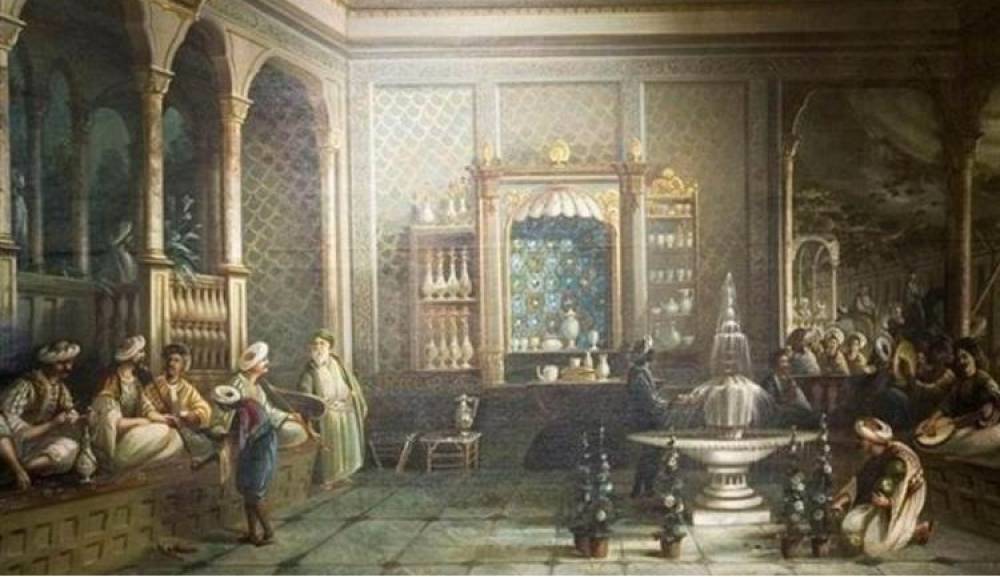history and legends of coffee
In Constantinople ends the Middle Ages and begins a New Era, made of coffee and storytellers.

1453 is the year that saw the fall, after 1058 long years, of the Eastern Roman Empire: after a siege of only two months, the Sultan Mohammed II driving the Turkish Ottomans managed to break the most impenetrable circle of walls of Europe.
For some historians in the spring of 1453 the modern era began and the Middle Ages ended: for the history of coffee enthusiasts this date is the date of foundation of the first coffee shop in the world, which opened immediately after the ancient capital occupation by the Turks.
Hakam from Aleppo and Shams from Damascus after the capture of the city, opened a large coffee shop, Kiva Han, in the Talchtacalah district of Constantinople: the oldest historic cafés of which there are records.
A tradition that soon took shape in Constantinople is the Meddah, traditional form of Turkish show, which sees a storyteller performing in front of the audience of the coffee shop, interpreting various dramatic or comedic roles, changing each time the tone of voice and helping himself with a cane or a handkerchief to indicate the change of scene or character.
In this tradition, the themes and the stories were usually taken from true stories, modified according to the taste of the public or the political situation, stretching the characteristics of the characters until they become caricatures of themselves.
The artists were traveling from town to town, entertaining the patrons of the cafes with their stories: Constantinople, today's Istanbul, capital of the Byzantine Empire before and now international metropolis in Turkey, continues this wonderful tradition, made of coffee and stories.
Note: The art of Meddah was included in 2003 among the oral and intangible heritage recognized by UNESCO.